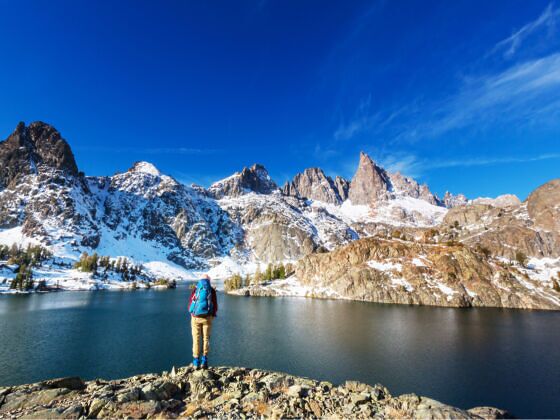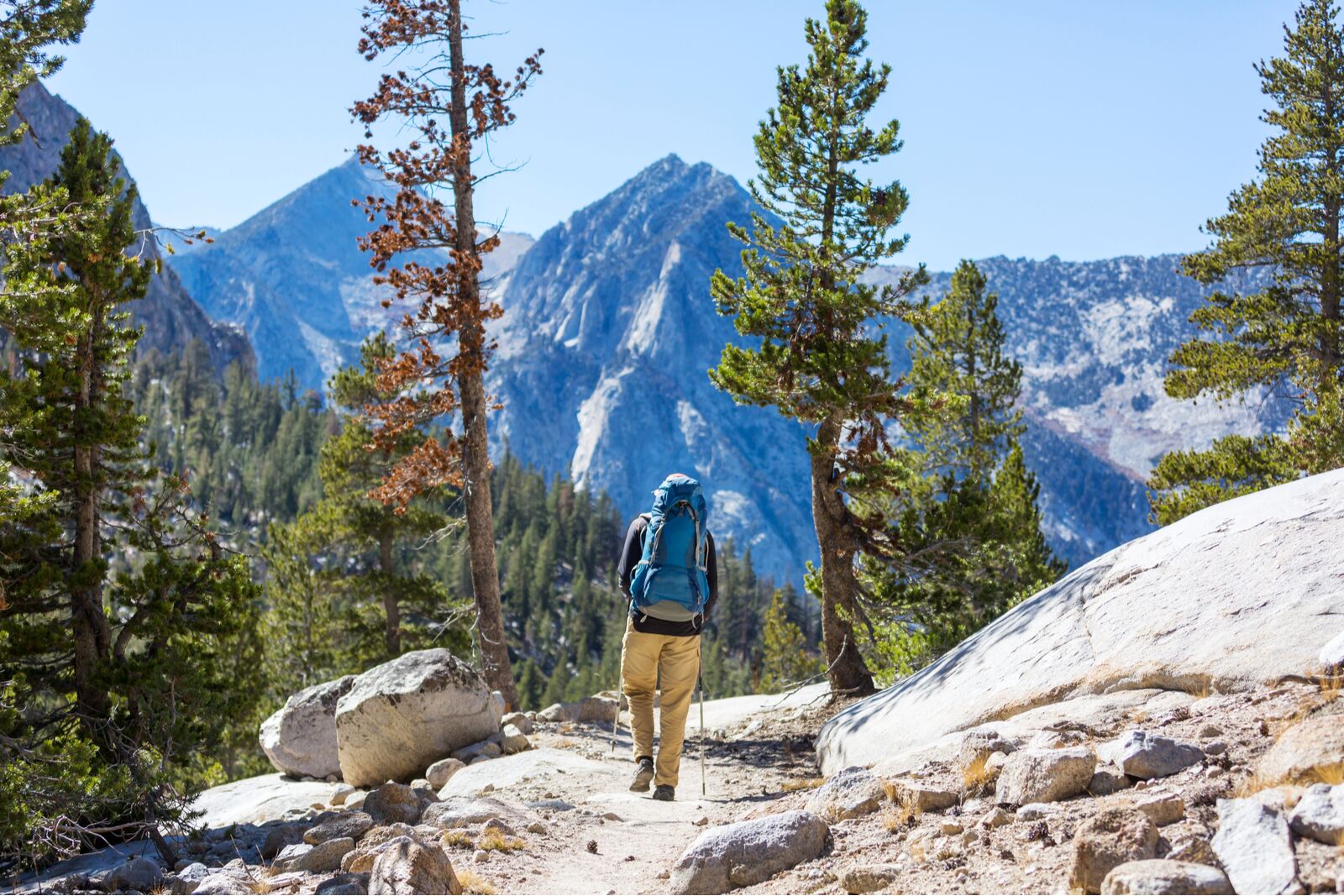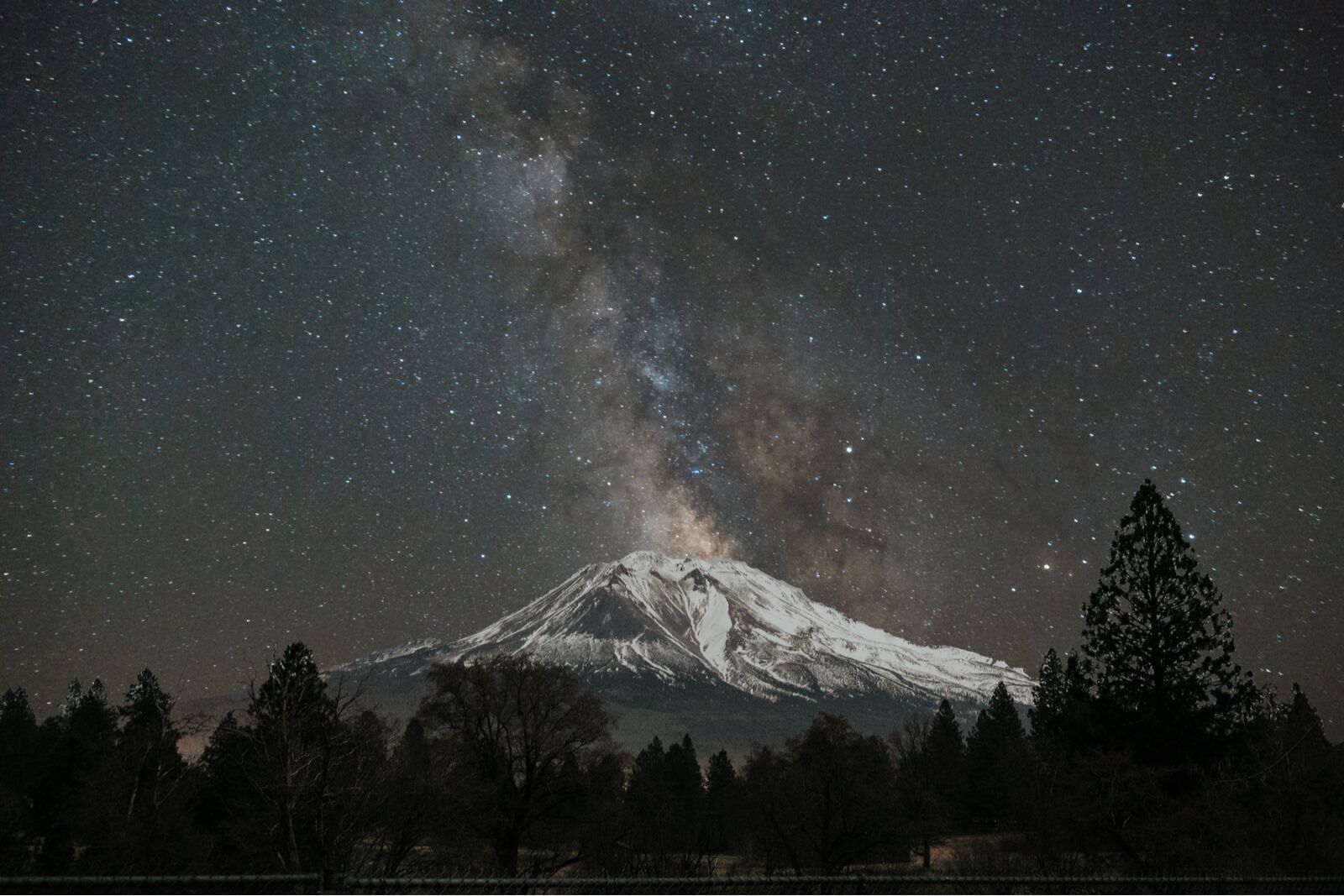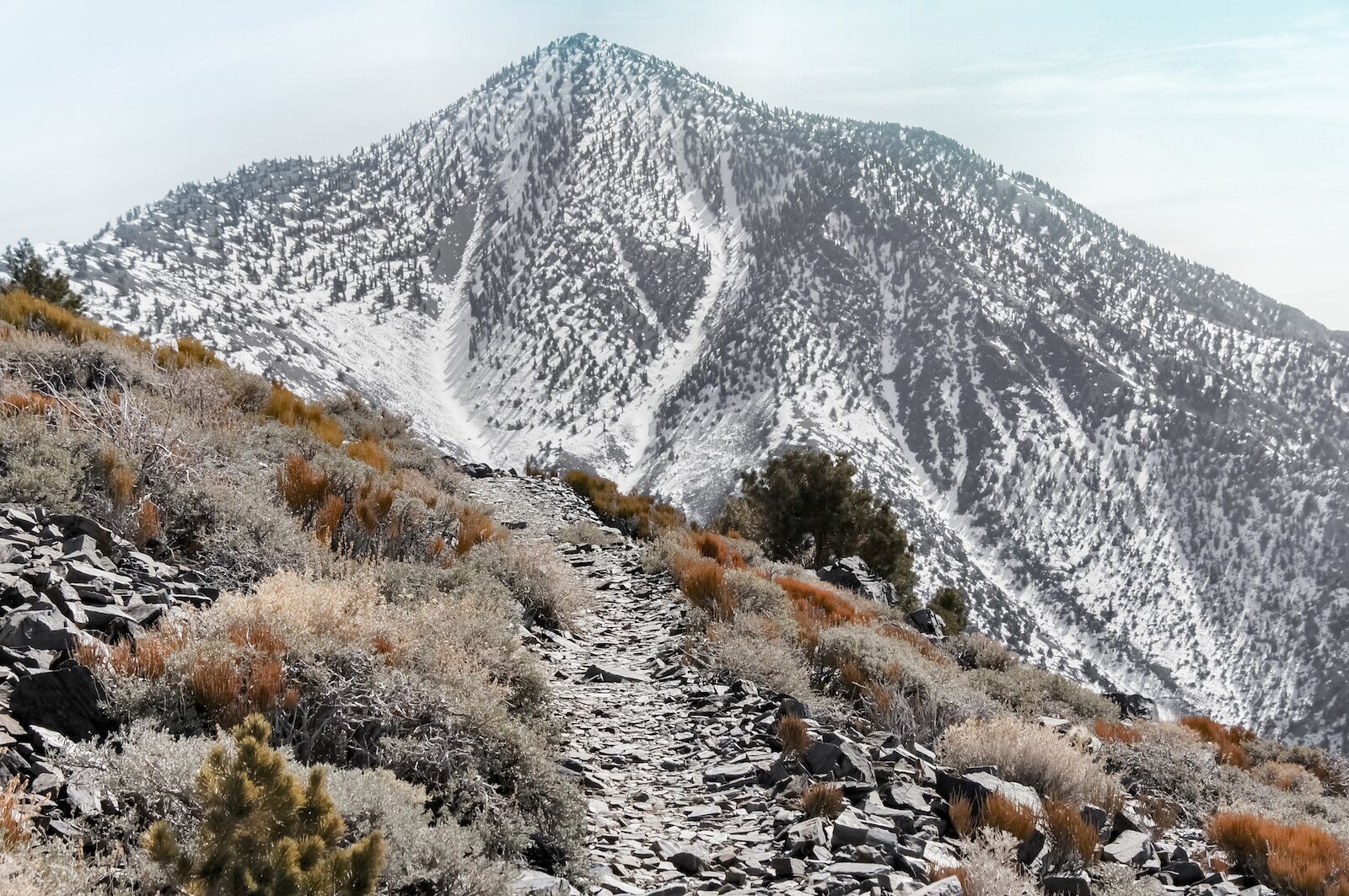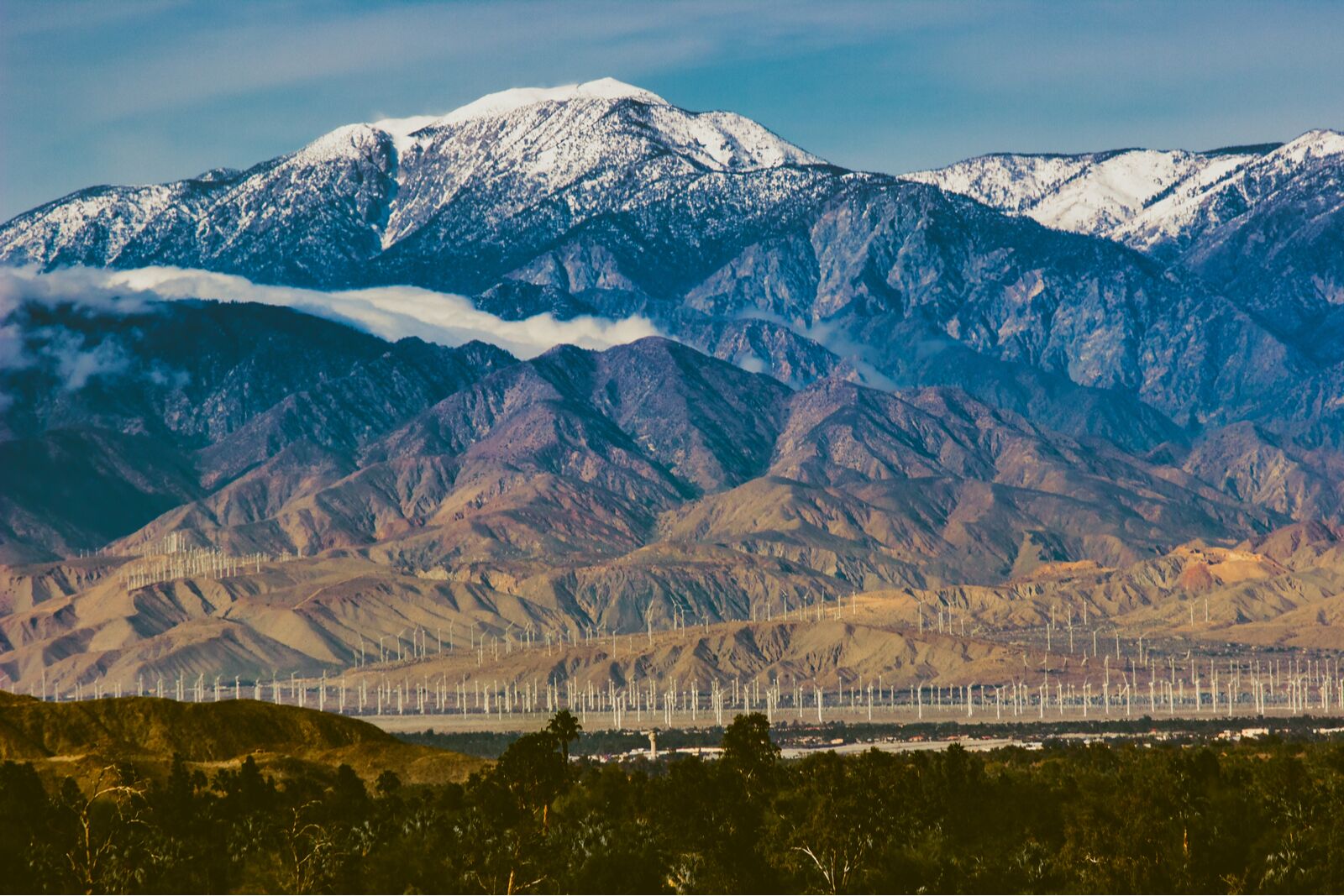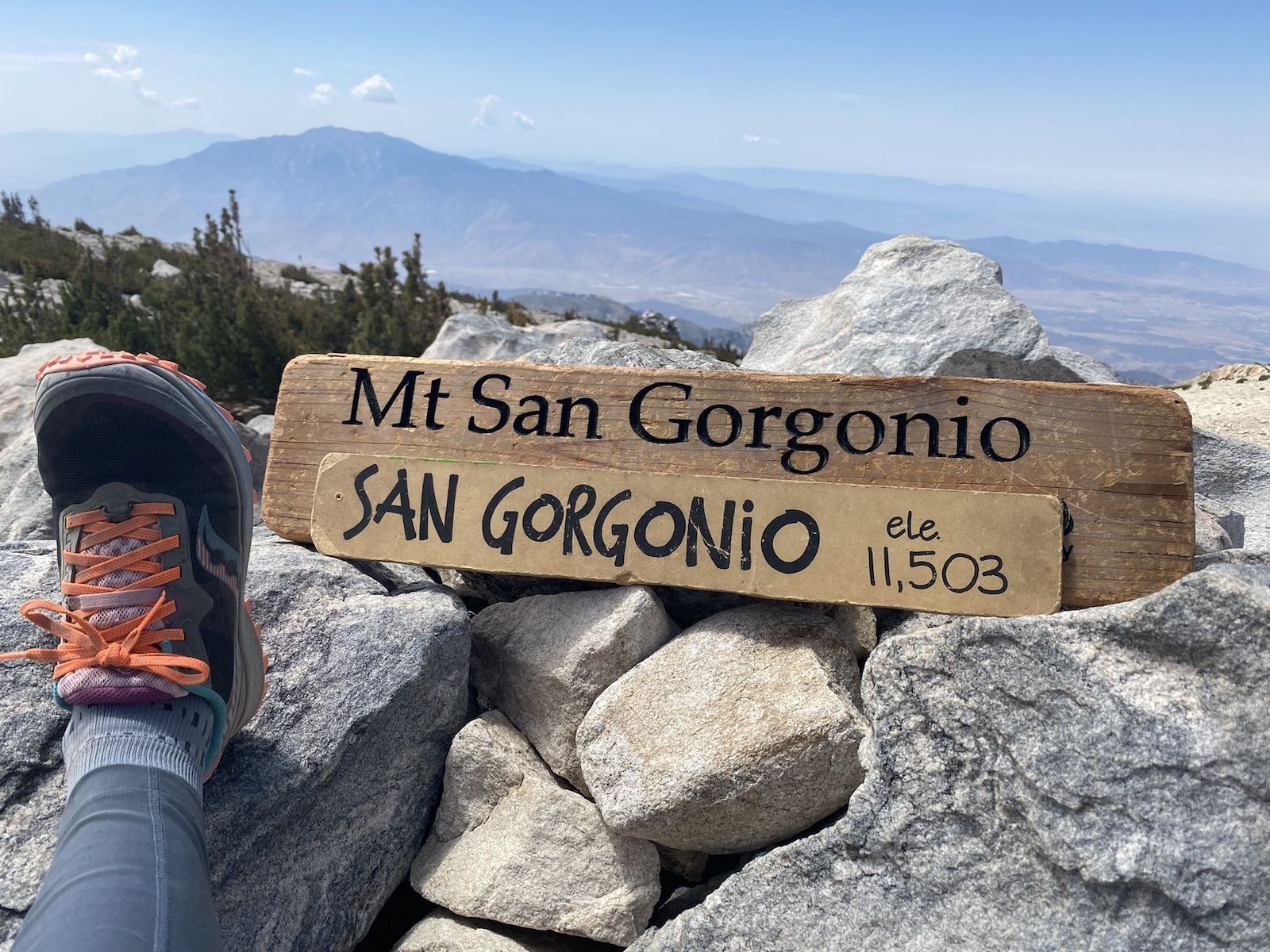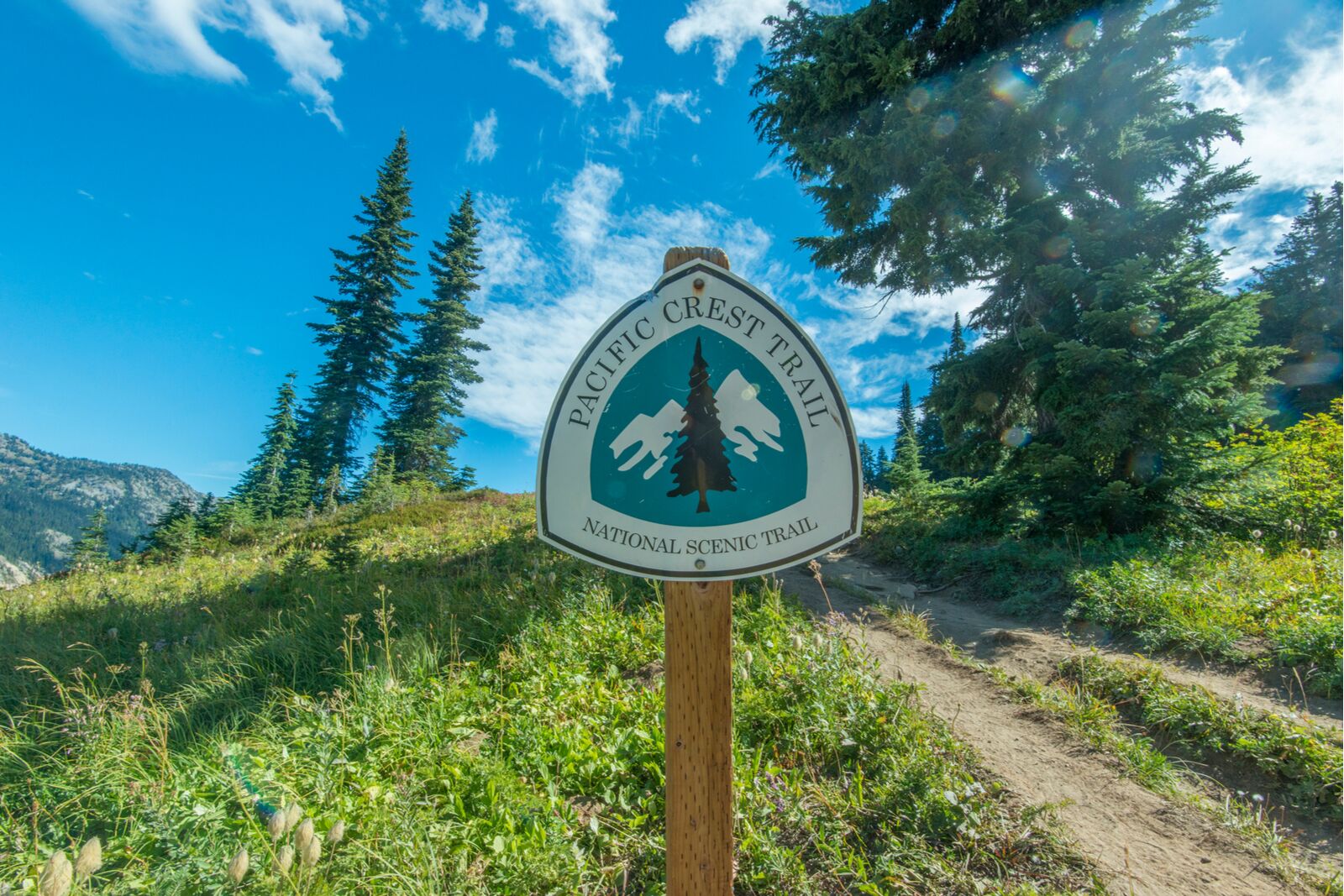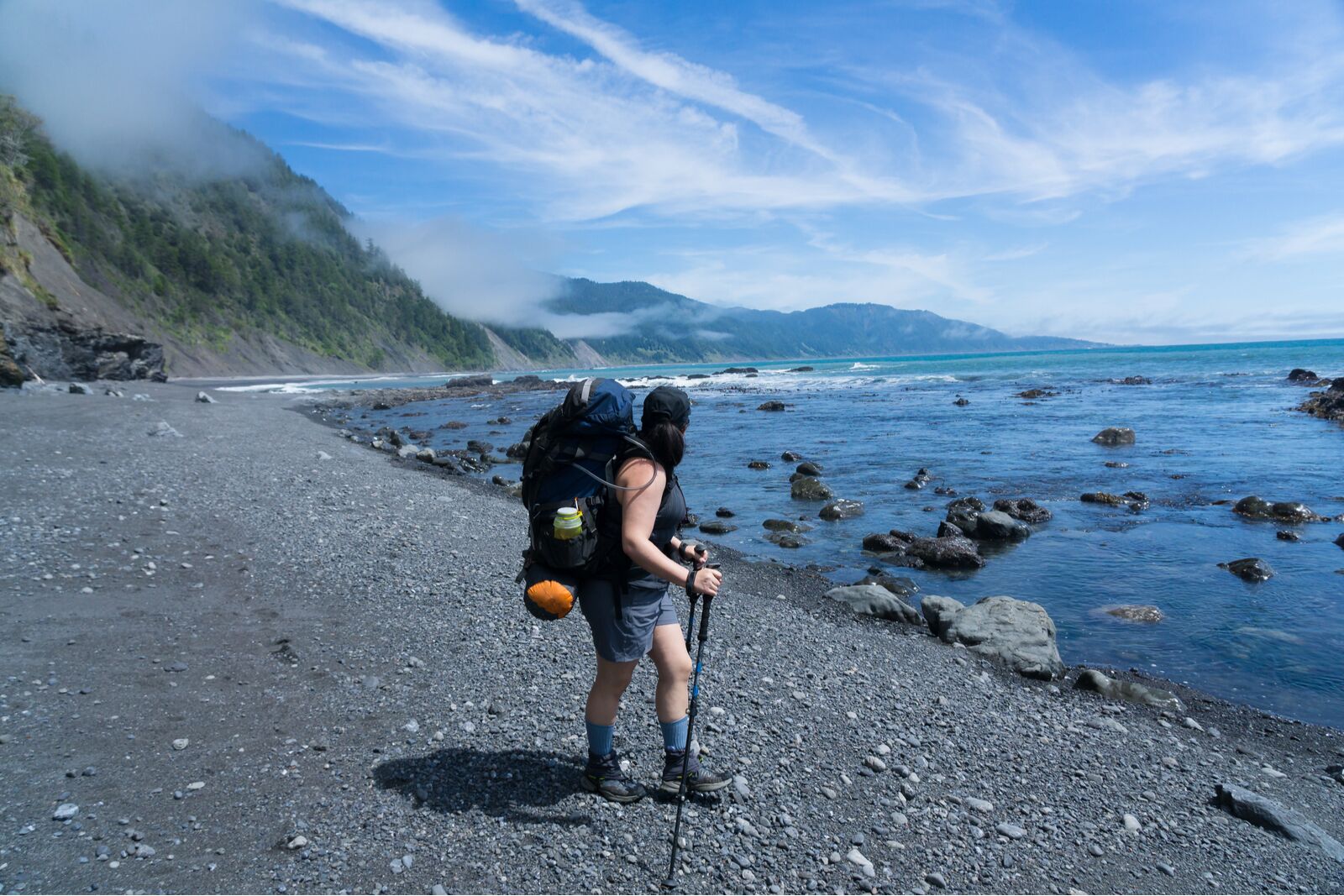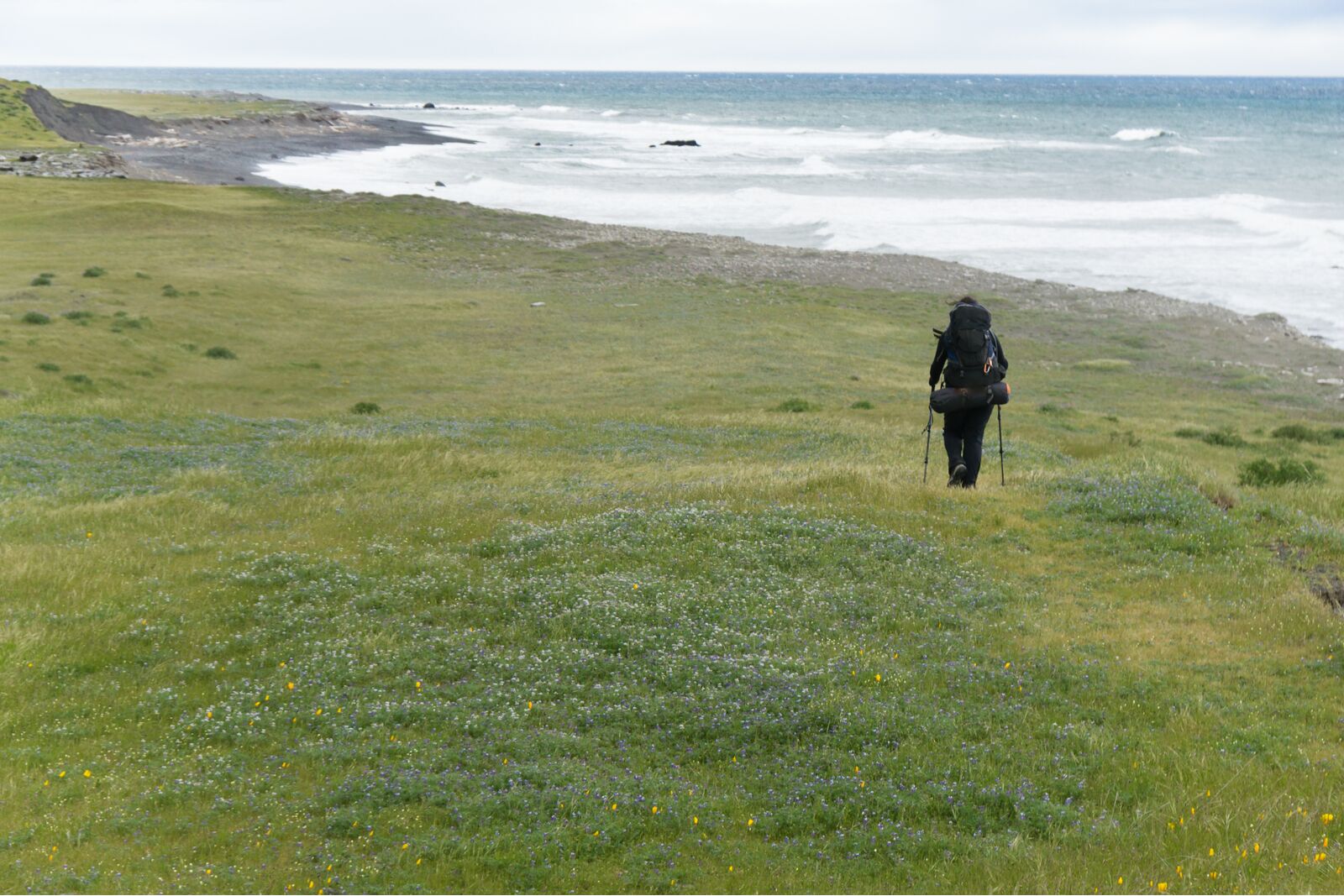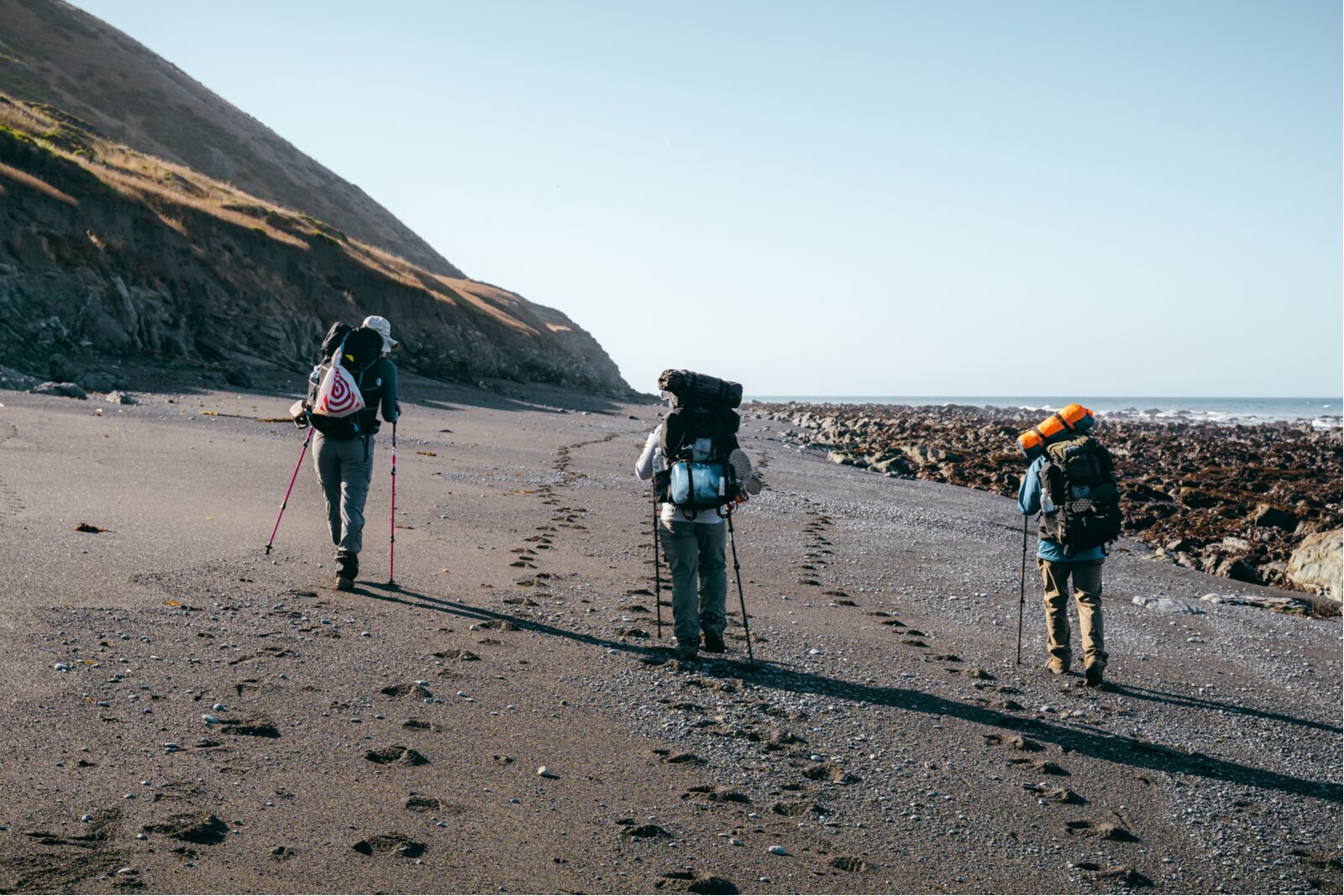Sure, lots of states have challenging hikes — looking at you, Colorado. But what California lacks in 14’ers it makes up for in diversity, from the furnace-like heat of hiking in the southern California desert to the rainy, mist-filled forests of the northern “Lost Coast.”
That said, California does have 14ers, in fact — 15 of them. It also has both the highest and lowest points in the lower 48, with Mt. Whitney at 14,505 feet above sea level and Badwater Basin in Death Valley National Park at 282 feet below sea level. Depending on where you are in California, you could be hiking muddy trails to massively lush waterfall basins, trekking through snow above treeline in the Sierra Nevada, or overlooking the city of San Diego at the Insta-worthy Potato Chip Rock. And with nine national parks and 20 national forests, plenty of California’s hiking trails are protected from development.
